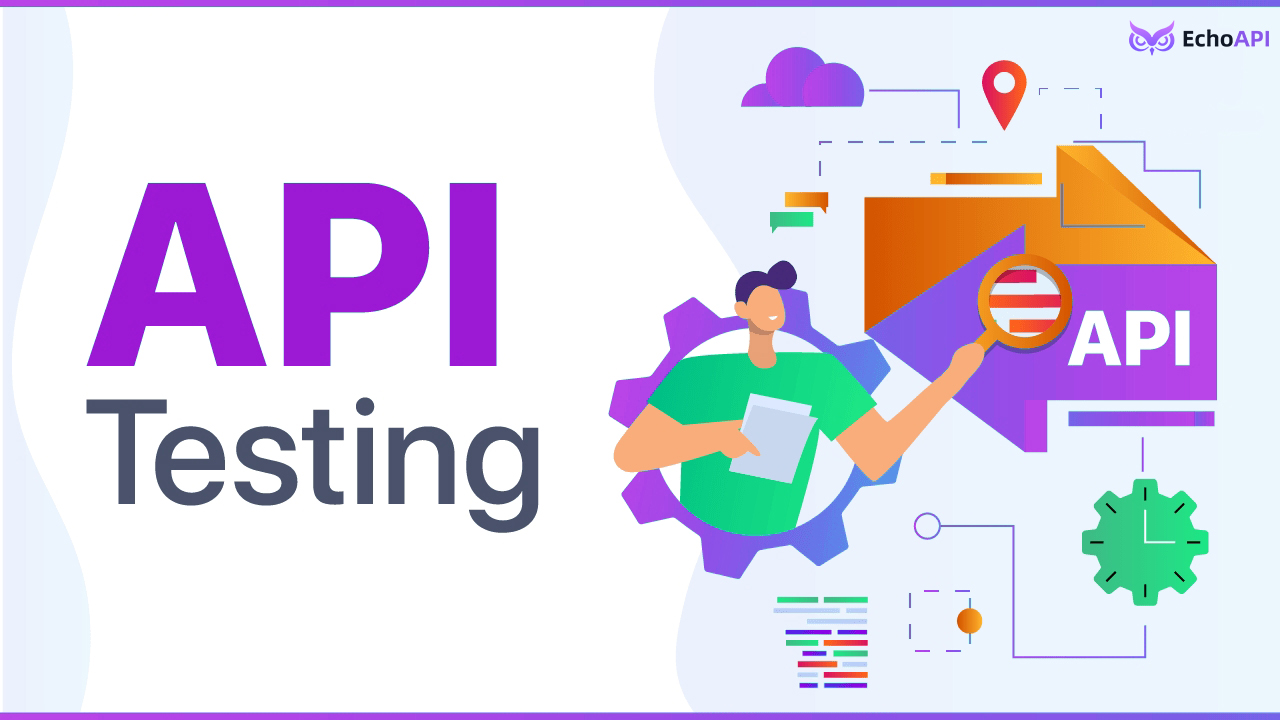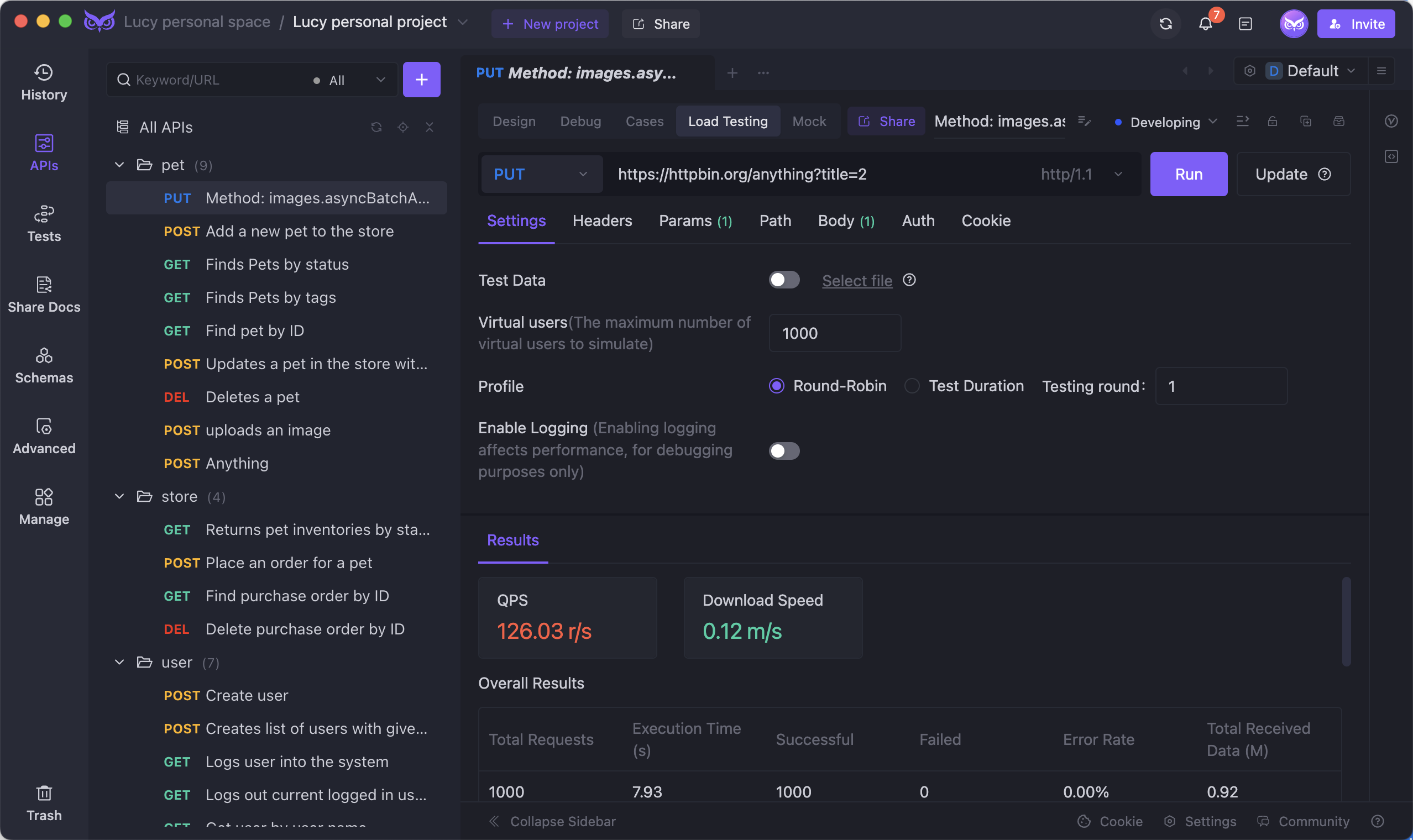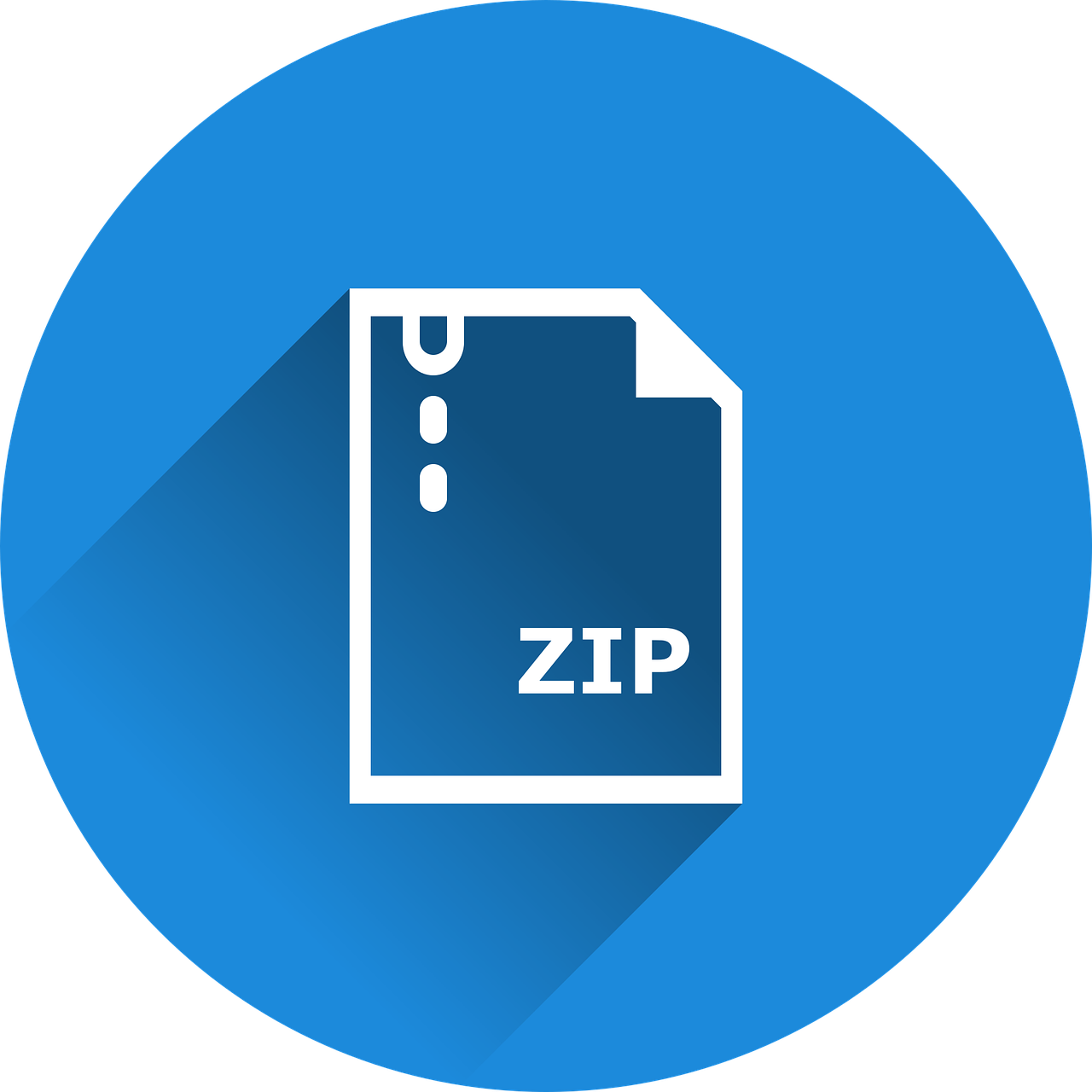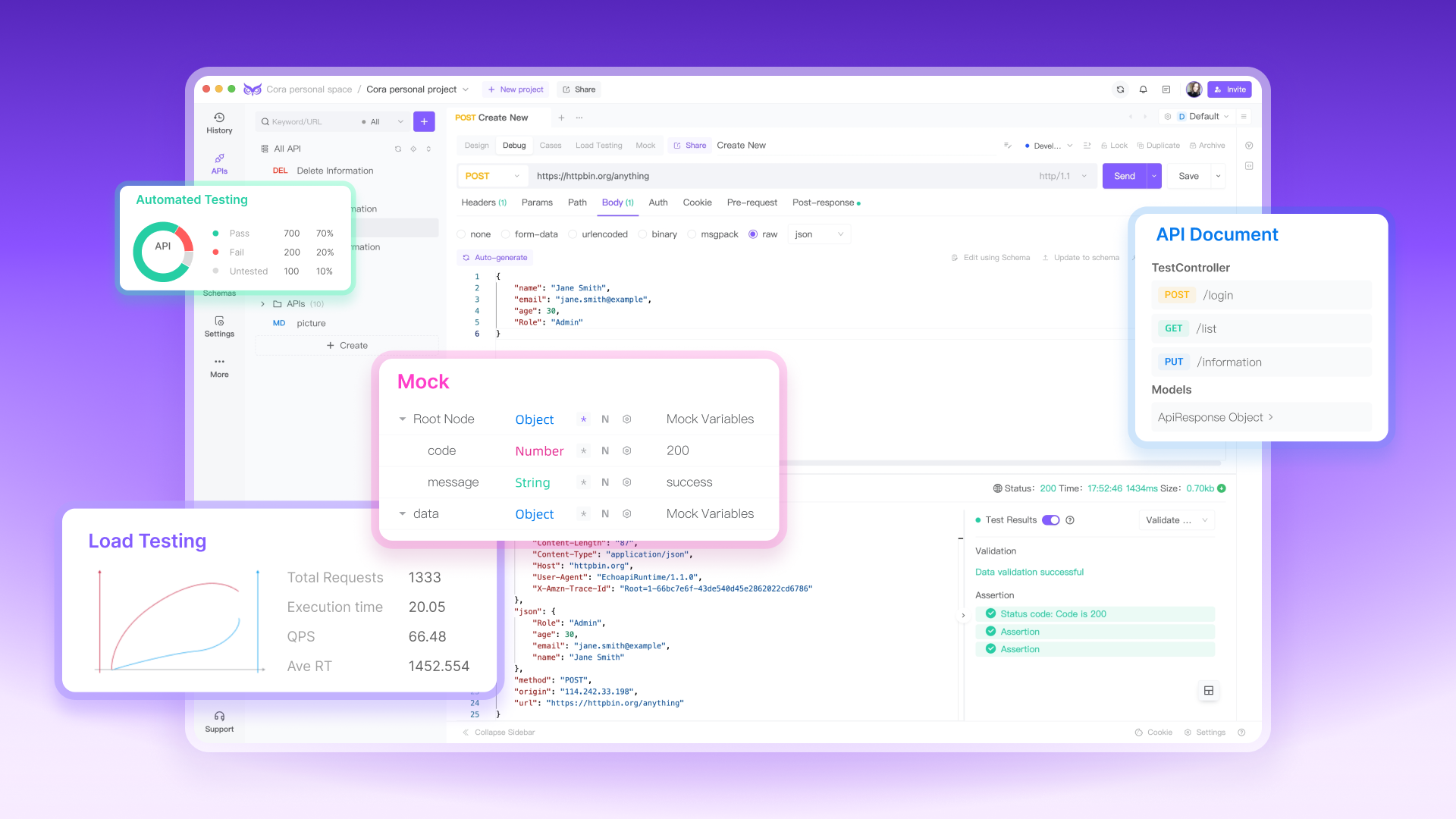How to Efficiently Improve API Response Time?
This article explains specific methods to speed up APIs, such as utilizing caching, minimizing payloads, and load balancing. Implementing these enhancements optimizes API performance.
Enhancing API response times is a critical aspect for enhancing user experiences. Delays can lower user satisfaction and impact the success of applications. This article explains specific methods to speed up APIs, such as utilizing caching, minimizing payloads, and load balancing. Implementing these enhancements optimizes API performance, providing users with a smoother and more enjoyable experience.

Key Tips for API Speed Boost: Insights from Java and Testing Developers
Imagine this scenario: Testing a new API with EchoAPI while enjoying your favorite playlist. It’s problematic if the API doesn't respond before the song ends! It's time to optimize the API response time. Let’s explore ways to speed up APIs akin to a guitar solo.

Importance of API Response Times
Consider this: API response time signifies how quickly an application communicates with servers and receives responses. The quicker the response, the more satisfied users are. Slow API = dissatisfied users. Fast API = happy users. Let's fix those delays and put smiles on users’ faces! Here are actionable improvements.
Utilizing Caching
Caching is like your favorite restaurant remembering your usual order. Instead of making the same request repeatedly, storing data in caches enhances retrieval speed.
Methods:
- Server-side: Use Redis or Memcached to store frequent API responses.
- Client-side: Employ HTTP cache headers like ETag or Cache-Control. If data remains unchanged, the API won’t fetch data again.
Minimizing Payloads
Taking a huge suitcase for a weekend trip is excessive, isn’t it? Similarly, APIs slow down when returning excessive data.

Methods:
- REST API: Filter out unnecessary fields.
- GraphQL: Request only required data. Let’s shed the extra baggage!
Load Balancing
If one API server handles all requests, it strains the system. Load balancing distributes loads across multiple servers.
Methods:
Utilize Nginx, HAProxy, cloud-based load balancers like AWS or Azure to distribute incoming traffic. This prevents server overload and speeds up API responses.
Leveraging Compression
Sending massive data consumes time. Compression speeds up data delivery to users by compressing it before sending.

Methods:
Configure Gzip or Brotli compression. Most web servers and clients support this, significantly reducing API response sizes.
Rate Limiting and Request Throttling
Sudden request spikes burden APIs. Rate limiting restricts the number of requests users can make within a specific period, preventing API congestion.
Methods:
Implement rate limiting and throttling to prevent individual users from overwhelming the API.
Monitoring and Measurement
You can't fix what you can't see. Regularly monitoring API performance helps identify bottlenecks before they become significant issues.
Methods:
Utilize New Relic, Datadog, or Application Performance Monitoring (APM) solutions. EchoAPI is ideal for real-time monitoring and testing during development to detect issues early.

Infrastructure Upgrades
Sometimes, getting a better engine is key to speeding up. Aging servers can slow down API speeds.

Methods:
Consider upgrading hosting or scaling infrastructure. If using the cloud (AWS, Azure, Google Cloud), moving to more powerful instances can make a significant difference. Containerization using Docker or Kubernetes also boosts efficiency.
Reducing Third-Party API Calls
Relying on third-party APIs is akin to seeking help from friends. If their APIs are slow, yours will be too.
Methods:
Reduce dependency on third-party APIs where possible. Cache their responses or handle them asynchronously to avoid making users wait.
Optimizing Database Queries
APIs and databases should function like well-maintained machines. Slow databases lead to slow APIs.

Methods:
- Indexes: Set appropriate indexes to speed up searches.
- Avoid N+1 queries: Retrieve associated data at once to avoid issuing multiple small queries.
- Query Optimization: Identify and rectify slow queries using database optimization tools.
Using Asynchronous Processing
Not all tasks require immediate responses. Asynchronous processing is crucial for time-consuming tasks.
Methods:
Use message queues like RabbitMQ or Apache Kafka for long-running processes or employ Node.js asynchronous processing (async/await). This maintains API responsiveness while processing lengthy tasks in the background.
Conclusion
Improving API response times isn't a daunting task. Fine-tuning—cache, compression, load balancing, query optimization—can accelerate APIs. Fast APIs delight users, making them want to return. Let each API make the web faster.




 EchoAPI for VS Code
EchoAPI for VS Code

 EchoAPI for IntelliJ IDEA
EchoAPI for IntelliJ IDEA

 EchoAPl-Interceptor
EchoAPl-Interceptor

 EchoAPl CLI
EchoAPl CLI
 EchoAPI Client
EchoAPI Client API Design
API Design
 API Debug
API Debug
 API Documentation
API Documentation
 Mock Server
Mock Server








